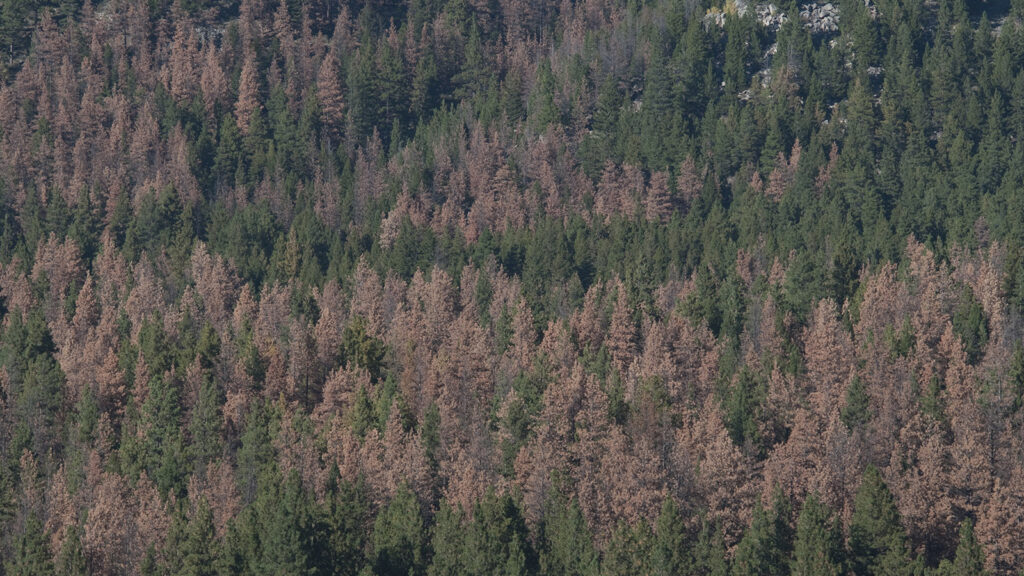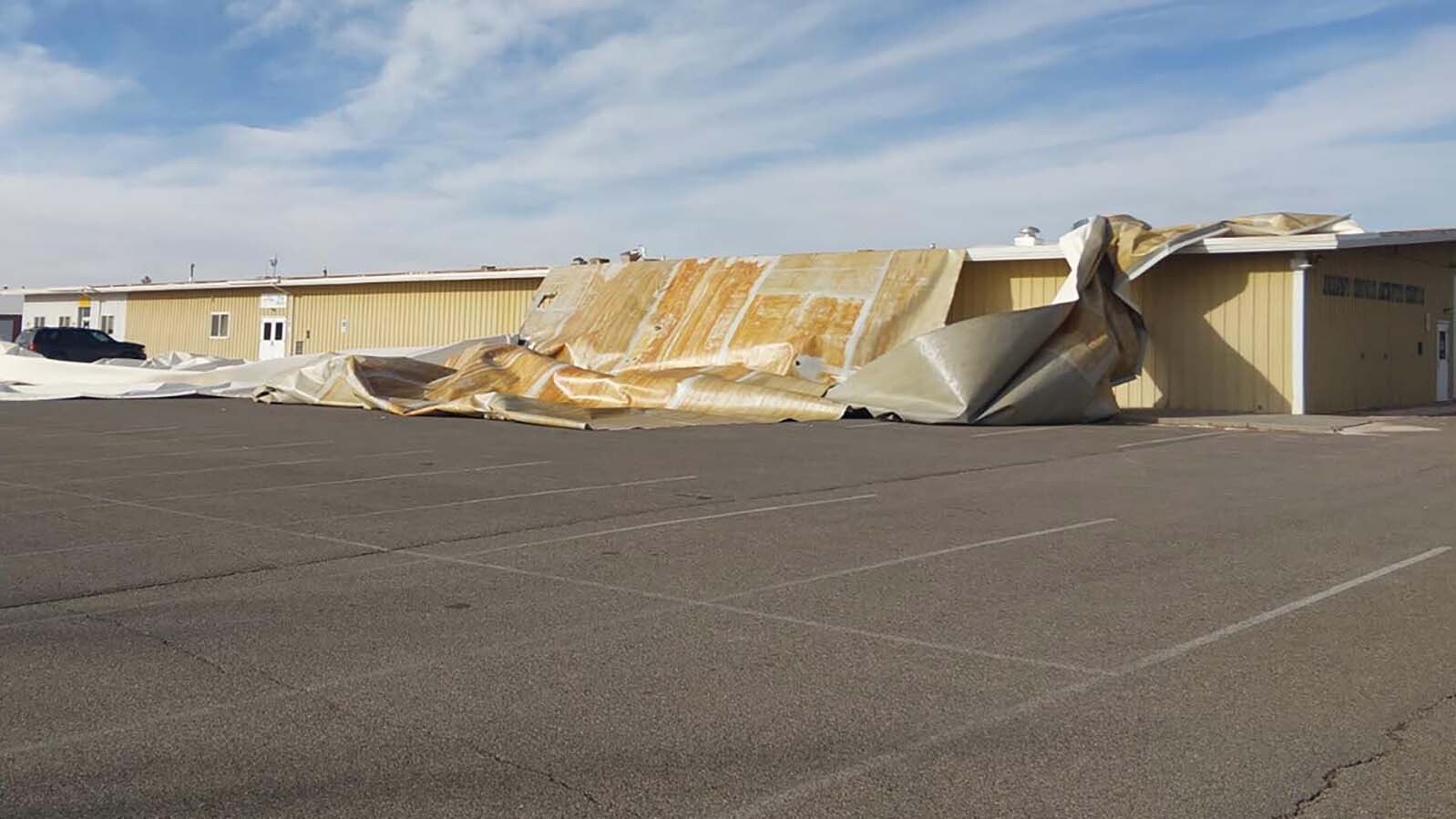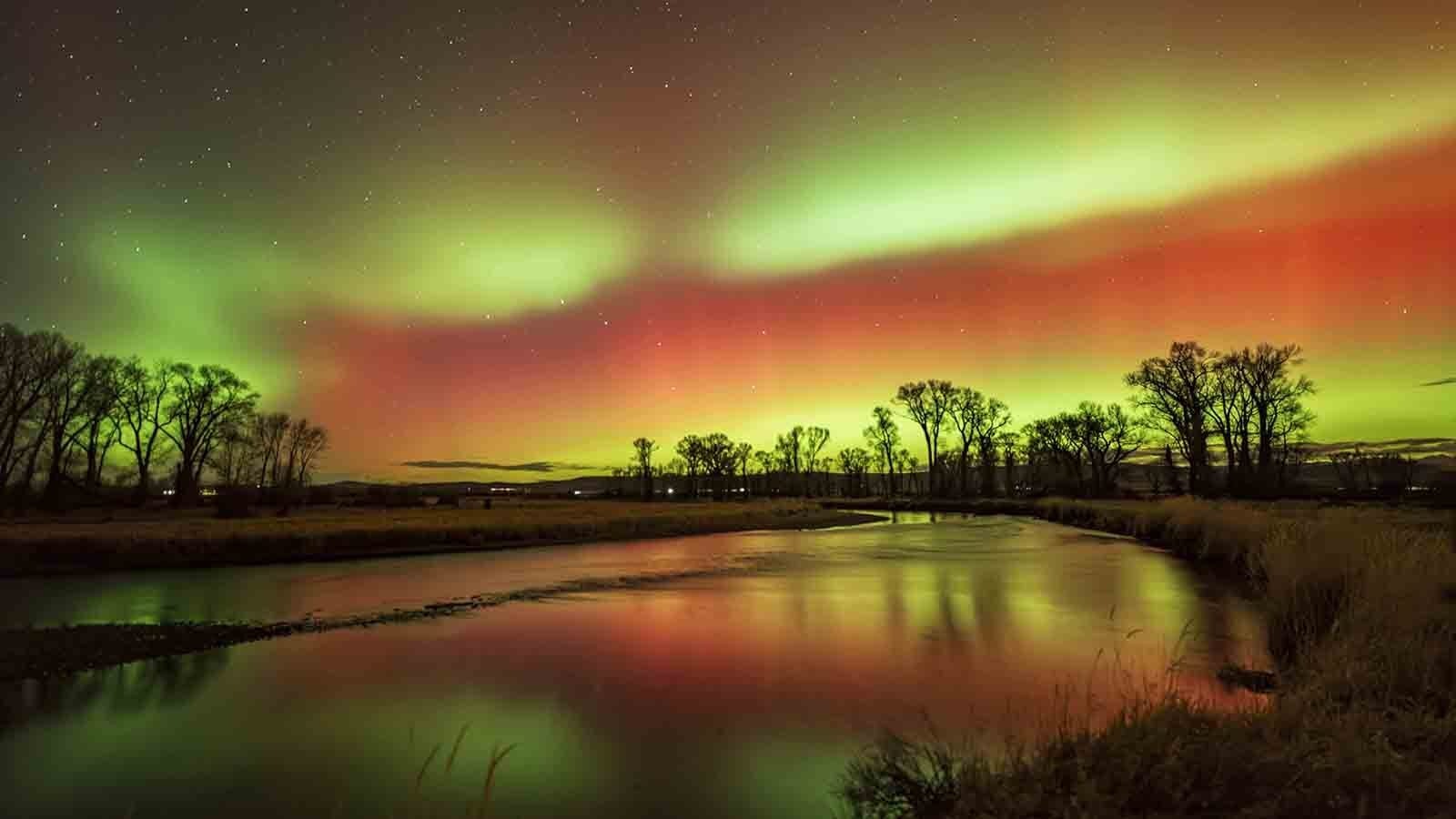If grandpa chides you for complaining about this winter, then retorts with accounts from his younger days when there were blizzards every day and it was minus 30 for weeks at a time (yet he still walked to school; uphill, both ways), turns out he’s probably just spinning tales.
No, we haven’t turned into big wimps about winter because things seem harsher this year. It’s just that we’re coming out of natural cycle of relatively mild winters and into a cycle of harsh ones, some weather experts say.
“I hear these things all the time: ‘This is the windiest winter I can remember’ or ‘This is the warmest winter, I’ve never seen anything like this before,’” meteorologist Don Day of Cheyenne told Cowboy State Daily.
“But where the rubber meets the road, if you dig into the data, the data doesn’t bear those stories out,” he said.
People’s memories can play tricks on them, said Tony Bergantino, director of Water Resources Data Systems and the State Climate Office at the University of Wyoming.
“People tend to remember a winter based upon a singular dramatic event,” he told Cowboy State Daily.
And he knows that firsthand. He was growing up in Butte, Montana, during the hash winter of 1983-84, when Butte hit its all-time record low temperature of minus 52 degrees on Dec. 23, 1983. It’s an event still often recalled and cited as “evidence” to show youngsters that they’ve got it easy these days.




It Comes And Goes In Cycles
Simply put, hard and mild winters tend to run in cycles of a few years each, Day and Bergantino said, as shown by Wyoming records going all the way back to the 19th century.
“People tend to, over time, remember the extremes, and then lump that all together and remember it as occurring over a longer period that what actually happened,” Day said. “The weather is not linear. We try to make it linear in our brains. The trend is cyclical, not linear.”
What’s happening now could mirror what happed in Cheyenne during the late 1970s and early 1980s, Day said.
During the winter of 1979-80, Cheyenne got 121.5 inches of snow, more than double the average, he said. But the next winter, the city got only 28 inches of snow and only 27 the year after that.
Then, it was back up to more than 100 inches of snow during the legendary winter of 1983-84, which Bergantino recalled also being brutal in Butte.
In such instances, “There was a period of time, not unlike what we just went through, where there were a multitude of mild winters, and then boom – the hammer came down for that next winter, plus a couple more,” he said.
Are We Getting The Hammer Now?
Using history as a guide, it can be assumed that recent relatively mild winters, followed by the whopper of 2022-2023 could very well mean we’re in for a couple more bad winters after this one, Day said.
“We’re going through a phase change between El Niño and La Niña,” he said, in reference to recurring warm and cool phases across the tropical Pacific region that can affect weather in North America.
“We are going to have a pretty robust El Niño that could make the winter of 2023-24 intense,” he said.
So perhaps a repeat of this year, which has certainly been no slouch, is in the cards. Along with lots of snow, this winter has seen temperatures in some parts of the state plunge to record lows and vicious winds causing frequent road closures.
There’s been plenty of snow, too. The Jackson area has been hit particularly hard. In town, they’re running out of places to pile snow from plowed streets and parking lots, and Jackson Hole Mount Resort has had more than 500 inches of snow so far this season.
The Olden Days Were Much The Same
Cycles of mild and harsh Wyoming and Western winters were recorded in the 19th and 20th centuries too, Bergantino said.
One that sticks in ranchers’ minds to this day was the winter of 1886-1887. That was the year when plunging temperatures and screaming blizzards killed hundreds of thousands of cattle across Wyoming and the West. It came to be known as “The Big Die-up” and completely wiped out some large ranches.
And it apparently caught cattlemen by surprise, because historical accounts indicate it was preceded by a few mild winters in a row, Bergantino said.
Conversely, the early part of the 20th century in the Laramie area saw a long warming trend with the 10-year average low temperatures for December peaking in 1936 at a relatively balmy 17 degrees. Then they started dipping again, and since about the 1980s have held at around 8-9 degrees.
December snowfall in Laramie also “flatlined” between 1925 and 2000, Bergantino said. There were a few hard Decembers that threw averages off, such as December 1913, which saw 2.5 inches fall on the Gem City, about twice the long-running average.
Looking at the wider Wyoming picture, the 1940s saw a bad winter cycle, resulting in blizzards old-timers still talk about, Bergantino said, recalling storms that “shut the entire state down.”

Pine Beetles Aren’t Evidence Of Worst Winters Past
In addition to grafting selective memories of bad winters into supposed long-term trends, people also can mistakenly apply regional patters to other areas, Day said.
That’s the case with pine beetle infestation, he noted. During the 2000s and 2010s, pine beetles cut a swatch of death through forests across Wyoming and the West. To this day, large stands of dead pine trees are reminders of the havoc they wreaked.
A common narrative is that a lack of prolonged winter deep freezes failed to kill of beetle larva, allowing them to hatch during the spring and invade areas they’d never been in before, Day said.
People will use that as evidence that winters used to be a lot harder, he said. As the story goes, sub-zero cold snaps would go on for weeks and kill off pine beetle larva, but that quit happening because our winters got milder.
But that’s based on assumptions that conditions in the Canadian Rockies, where the beetles originated, apply across the American Rockies as well, Day said.
In truth, the Canadian Rockies are actually lower than the American Rockies and can be susceptible to polar air sinking down into them, driving temperatures to 30 below zero or so for extended periods. That’s kept the beetles in check there Day said.
But when the beetles managed to spread southward, they were able to survive winters in the American Rockies in much greater numbers, Day said.
“In southern Alberta and British Columbia, the artic air masses can go deeper and the tree lines are lower,” Day said. “It can’t get that cold for that long in the central and northern American Rockies, it just cant.”
So, people have “imprinted” conditions in the Canadian Rockies to mountains in Wyoming, creating the false impression that winters here used to get colder and stay cold for longer than they do now, Day said.

Probably More Snow To Come
March-June tends to be the wettest time of the year across much of Wyoming, Day said.
That means while Wyomingites might be getting sick of snow, they should probably expect more of the same.
Laramie got heavy spring snowfall numerous times, most recently in 2021, so that pattern could repeat itself, Bergantino said.
Day said snowfall will probably start hitting lower elevations soon.
“Right now the mountains are getting snow, but the plains are not,” Day said, but the plains should be coming out of their typical winter dry spell just in time for what people think of as the beginning of spring.
“I can’t tell you how many Mother’s Days it’s snowed in Wyoming,” he said.





